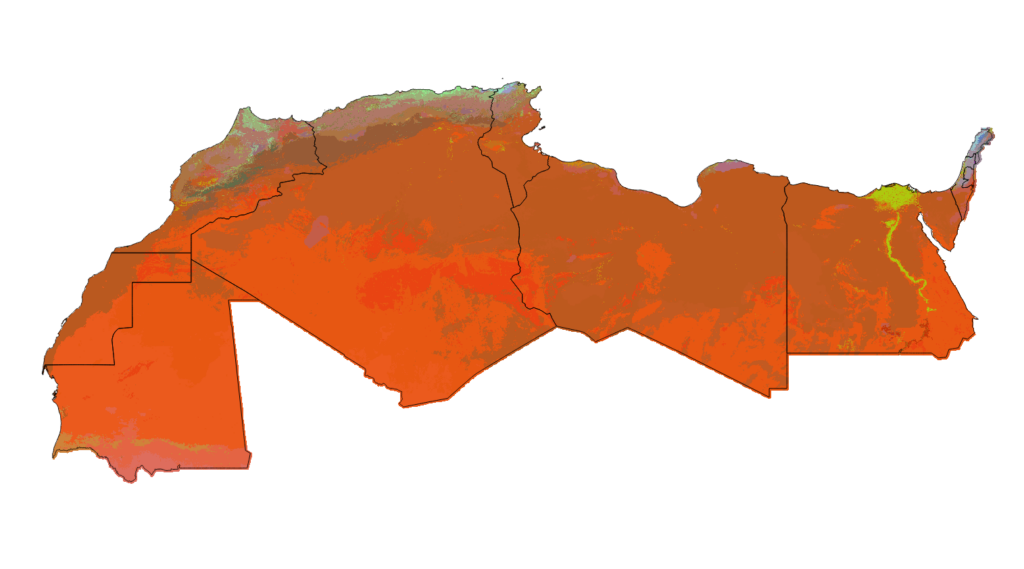Classifying an area into similar areas (ecoregions) based on specific environmental and climatic factors (e.g. altitude, vegetation, precipitation, temperature) can provide useful information for optimizing disease spread surveillance systems. To this end, ecoregions in North Africa were identified as part of this project.

